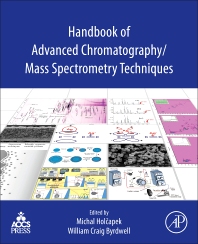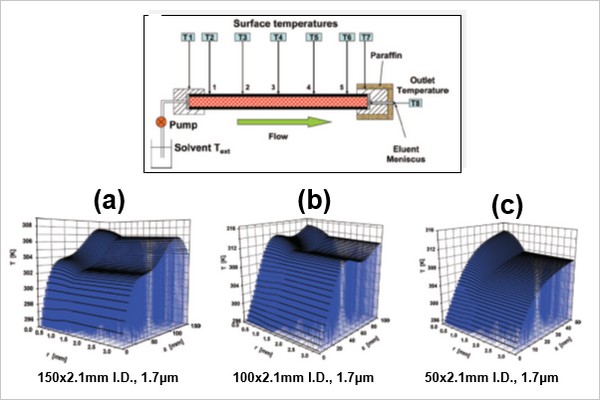
As shown in this chapter, UHPLC is a powerful technology, which is quite easy to implement. With this strategy, it is possible to increase drastically the throughput, while maintaining equivalent performance and/or to increase the resolution within an acceptable analysis time. However, to take full advantage of this platform, it is important to keep in mind that the performance of UHPLC is based not only on the column packing but also on the quality of the chromatographic system.
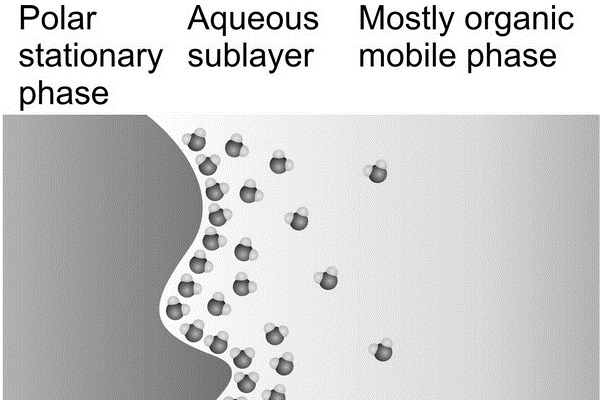
Chapter 2
Advances in Hydrophilic Interaction Liquid Chromatography
by Pavel Jandera
The term “hydrophilic” refers to affinity for water. Essentially, HILIC systems can be understood as a “normal-phase stationary phase” in combination with a “reversed-phase mobile phase,” usually containing 50% or more of water. The HILIC technique provides appropriate retention and resolution for many polar compounds, often with better separation efficiency in comparison to the RP chromatography.
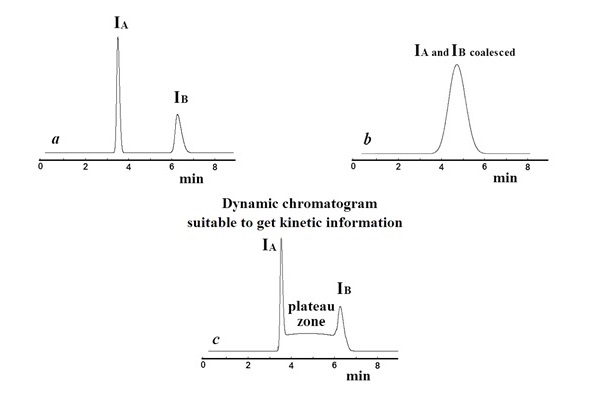
This chapter provides a basic overview of the concepts behind the determination of reaction rate constants and activation barriers by dynamic chromatography (DC). Several examples of the application of such technique in the study of model stereochemically labile compounds have been provided as well.

Silver-ion chromatography, sometimes called argentation chromatography, is a separation technique based on the formation of weak reversible charge transfer complexes between silver ions and DBs of unsaturated organic molecules. Ag-TLC is a well-established technique in the analysis of lipids and other organic molecules containing DBs because it is cheap, simple to use, and applicable both on analytical and preparative scales.

Chapter 5
Porous Monolithic Layers and Mass Spectrometry
by Frantisek Svec and Yongqin Lv
Monolithic thin layers represent an interesting format of materials that are most often used in columns. However, this chapter demonstrates that these layers are a very powerful tool enabling not only separations of small molecules, i.e., the typical domain of TLC, but also separations of biopolymers. Combination with MS makes this approach even more suitable, at least for rapid and easy screening of mixtures of interest before they are rigorously characterized using more sophisticated techniques.
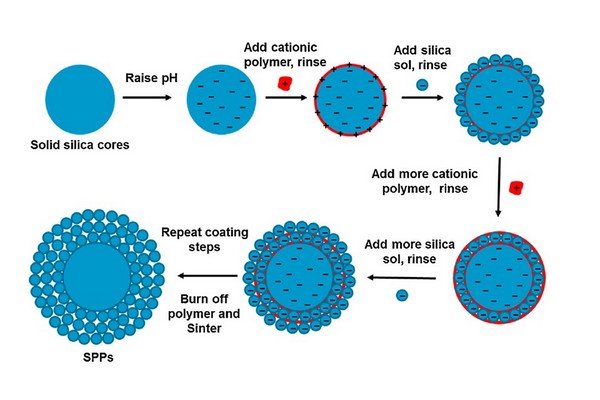
Chapter 6
New Materials for Stationary Phases in Liquid Chromatography / Mass Spectrometry
by Monika M. Dittmann and Xiaoli Wang
The first part of this chapter will focus on mass transfer properties of core-shell particles compared to fully porous particles, covering the fundamental aspects of column performance as a function of morphology and particle size. The second part of the chapter will discuss new developments in stationary phase chemistry that are particularly important with respect to LC/MS analysis.
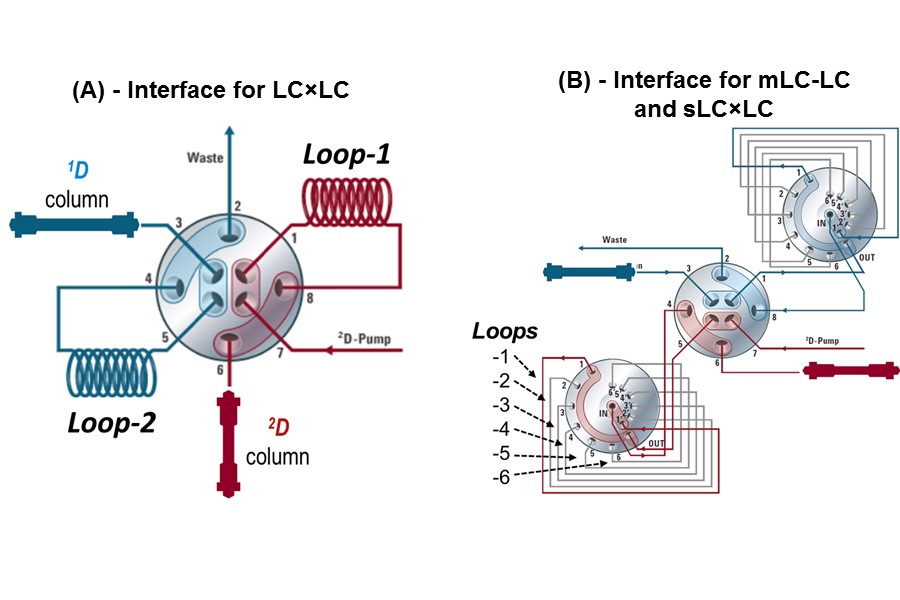
Chapter 7
Introduction to Two-Dimensional Liquid Chromatography – Theory and Practice
by Dwight R. Stoll
In this chapter, I have aimed to provide prospective and current users of 2D-LC with a resource that is rich with practical guidance for developing effective, high performing 2D-LC methods, and informed by guiding theoretical principles. I have touched on the more mature aspects only lightly, providing more room for discussion of those areas that are very active right now and likely will be for the foreseeable future.
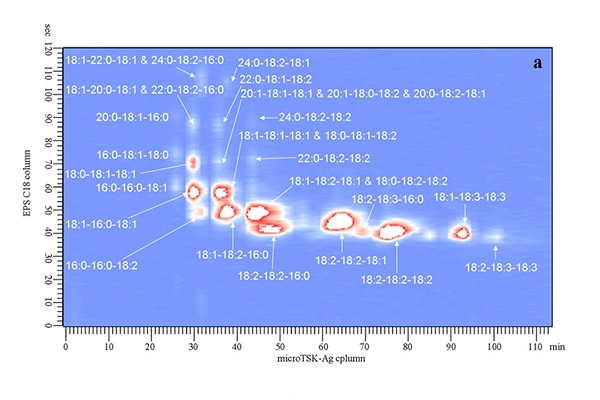
Comprehensive 2D-LC has proven so far its viability as a powerful tool for separation of complex natural products samples. The possibility of taking advantage of commercial ready-to-use LC x LC systems from some manufacturers makes the methodology much easier for practical uses.
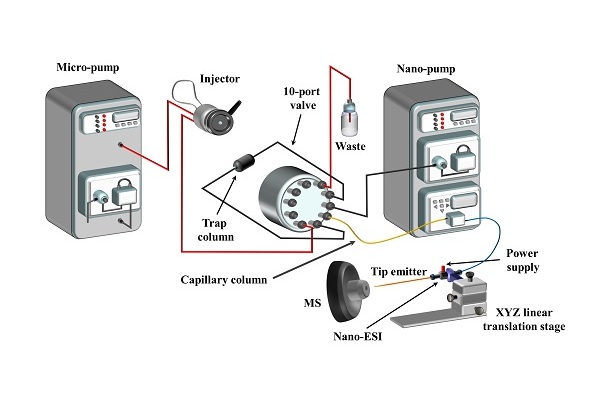
Miniaturization in analytical chemistry has been developed in the last decade to offer reliable separation methods capable to analyze the different compounds in a large number of samples present in various complex matrices. Theoretical principles, technological solutions, method validation, and several applications have been developed for the nanoscale separation techniques, including both electrodriven and chromatographic ones. Both tools offer several advantages over the conventional approaches.
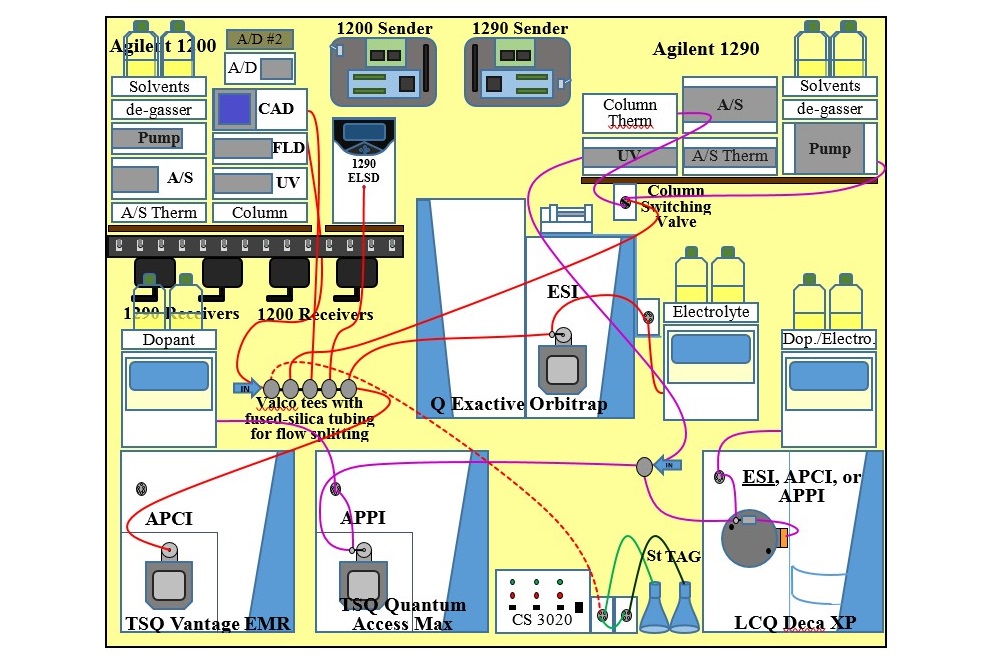
Chapter 10
Multiple Parallel Mass Spectrometry for Liquid Chromatography
by William Craig Byrdwell
Because of the complementary nature of the most popular API techniques used for LC-MS, it has become recognized as highly desirable to obtain data from multiple techniques for the same samples. The body of literature describing sequential use of multiple techniques is burgeoning. However, very few authors are using the multiple parallel MS technique for LC analysis pioneered by Byrdwell. Some researchers believe that dedicating two or more instruments to a single analysis is impractical, but the parallel technique saves time, money, and resources, and eliminates run-to-run variability, compared with sequential analysis.
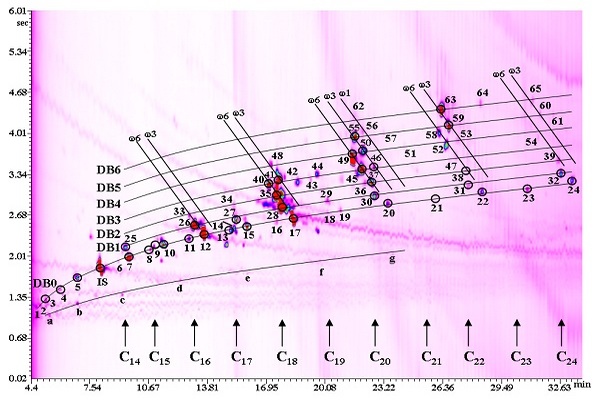
Comprehensive two-dimensional GC, especially if combined with MS, appears to be a perfect technique for the analysis of volatile and semivolatile lipid molecules. In fact, any lipid analyst would be glad of the heightened selectivity (three separation dimensions, related to volatility, polarity, and mass), increased peak capacity and sensitivity, as well as enhanced speed, generated by the 2D approach. In recent years, great effort has been devoted to developing advanced tools to handle the huge amount of information generated by GC x GC, thus simplifying and smartening data elaboration.
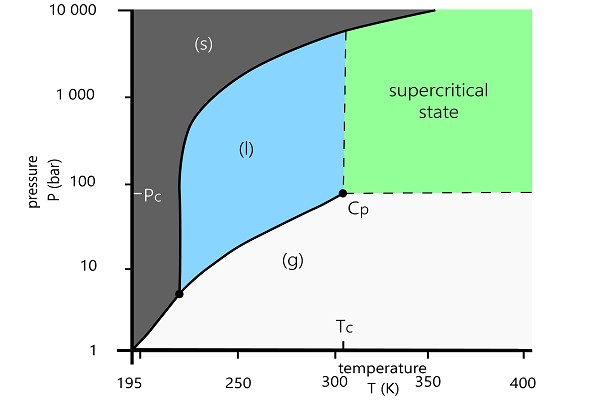
Supercritical fluid chromatography (SFC) is a separation technique that uses instrumentation similar to high performance liquid chromatography (HPLC) and a dense compressed gas, almost always carbon dioxide (CO2), as a mobile phase. SFC has long been overshadowed by other chromatographic methods, both HPLC and gas chromatography (GC). Although the advantages of the SFC mobile phase in chromatographic separations are indisputable, the technique itself has experienced a period of rediscovery only recently.












